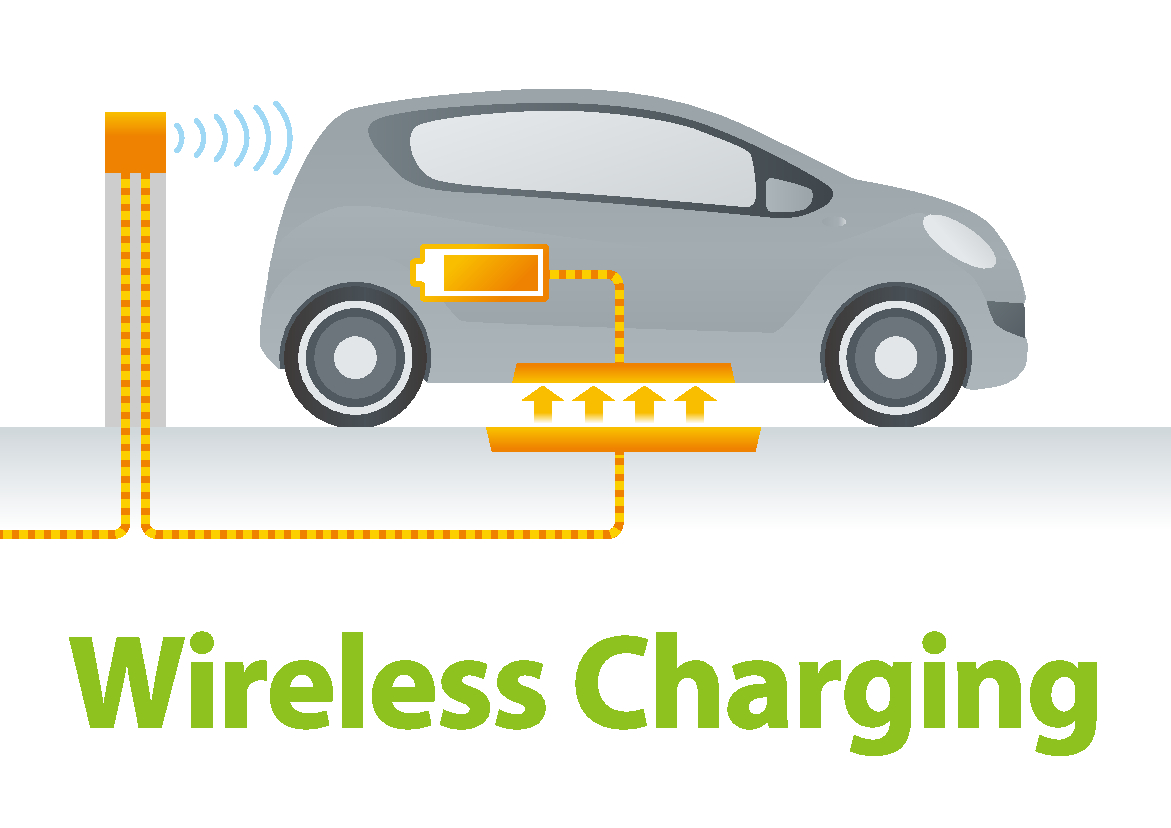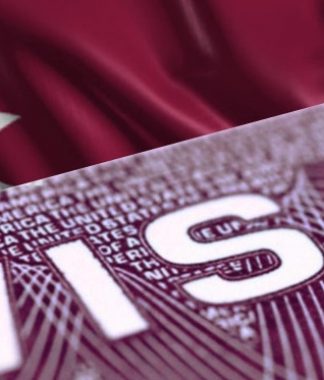Wireless charging for electric cars is already here – but the technology isn’t for everybody yet
Stellantis tested a 500e on an electric charging road called Arena del Futuro, or Arena of the Future.
Stellantis tested a 500e on an electric charging road called Arena del Futuro, or Arena of the Future. – Copyright Stellantis
By Giulia Carbonaro & AP • Updated: 24/06/2022
In any conversation about electric vehicles (EVs), there’s always that one person that brings up the same argument: charging.
The issue of charging seems to often be the main problem critics or sceptics of EVs raise, bringing up questions of how easy it is to find a charging point, how fast is it to charge the vehicle and so on.
So far, this conversation has been tied to the limits of fixed charging stations, bound to one location only and often available in a limited number. But what if you could charge an electric car on the move, with no wires involved?
In Sweden, a pilot project on the holiday island of Gotland, has transformed a 1.6 km stretch of road into a wireless energy charging dock capable of powering a bus via a process called induction.
Volkswagen says its electric cars have ‘sold out’ for 2022 as demand for EVs in Europe doubles
Demand for EVs is soaring. Is Europe’s charging station network up to speed?
“It’s invisible, so when you look at the road, you don’t see anything,” Petra Carlenarson, project manager on the SmartRoad project, explained.
“We have the management units under the ground. That’s a big thing, for maintenance and for safety. So, I think that’s one of the biggest benefits. And also, that it doesn’t need a high effect because this is a friendlier version of charging your car while driving, and the batteries really like that”.
Charging roads is also an idea that has been embraced by Stellantis, the parent company behind iconic automotive brands like Fiat, Chrysler, Citroen and Peugeot, among others.
Stellantis got an electric Fiat 500e on the road of a 1.05km circuit in Chiari, Italy, to demonstrate what it’s calling Dynamic Wireless Power Transfer (DWPT) – a system that relies on coils positioned beneath the road surface to charge the EV.
The project uses wireless EV charging technology from Israel’s Electreon, the same company that electrified the 1.6 km stretch of road in Gotland.
Buick Wildcat EV: Classic American car gets makeover as brand gears up for all-electric future
This Dutch scale-up is creating a solar-powered alternative to electric vehicles
How does it work?
Imagine the charging system to be similar to that of a wireless phone charger.
The electric vehicle has a wireless receiver placed on the bottom of the car which must coincide with the charge coil positioned beneath the road’s surface for the power to be transferred to the EV.
In Sweden, the wireless power transfer technology allows electricity to wirelessly flow from 1.5-metre-long copper coils built under the asphalt to three receivers installed underneath the bus.
As people who use a wireless phone charger would know, the process, however, is not as quick as simply plugging in your phone, and the same is true for EVs.
But Stellantis said the system was powerful enough for the 500e to “travel at typical highway speeds without consuming the energy stored in its battery”.
“Tests are showing that the efficiency of the energy flow from the asphalt to the car is comparable to the typical efficiency of fast charging stations, so the driver does not need to stop to recharge,” Stellantis said.
“Furthermore, measurements on magnetic field intensity prove that there is no impact on the driver and passengers”.
Is it a feasible alternative?
Absolutely not for the typical driver – and Stellantis knows.
The cost of installing coils is quite significant, and would not work for massive road projects.
Stellantis is aiming to install the system in places such as harbours or airports, where vehicles drive on established routes for consistent distances.
For more on this story, watch the video in the media player above.
Video editor • AISLING NÍ CHÚLÁIN


















![Lady protest about Microsoft commiting genocide in Gaza [ Billal Al Assad]](https://welcomeqatar.com/wp-content/uploads/2025/04/1-4-324x400.jpg)











